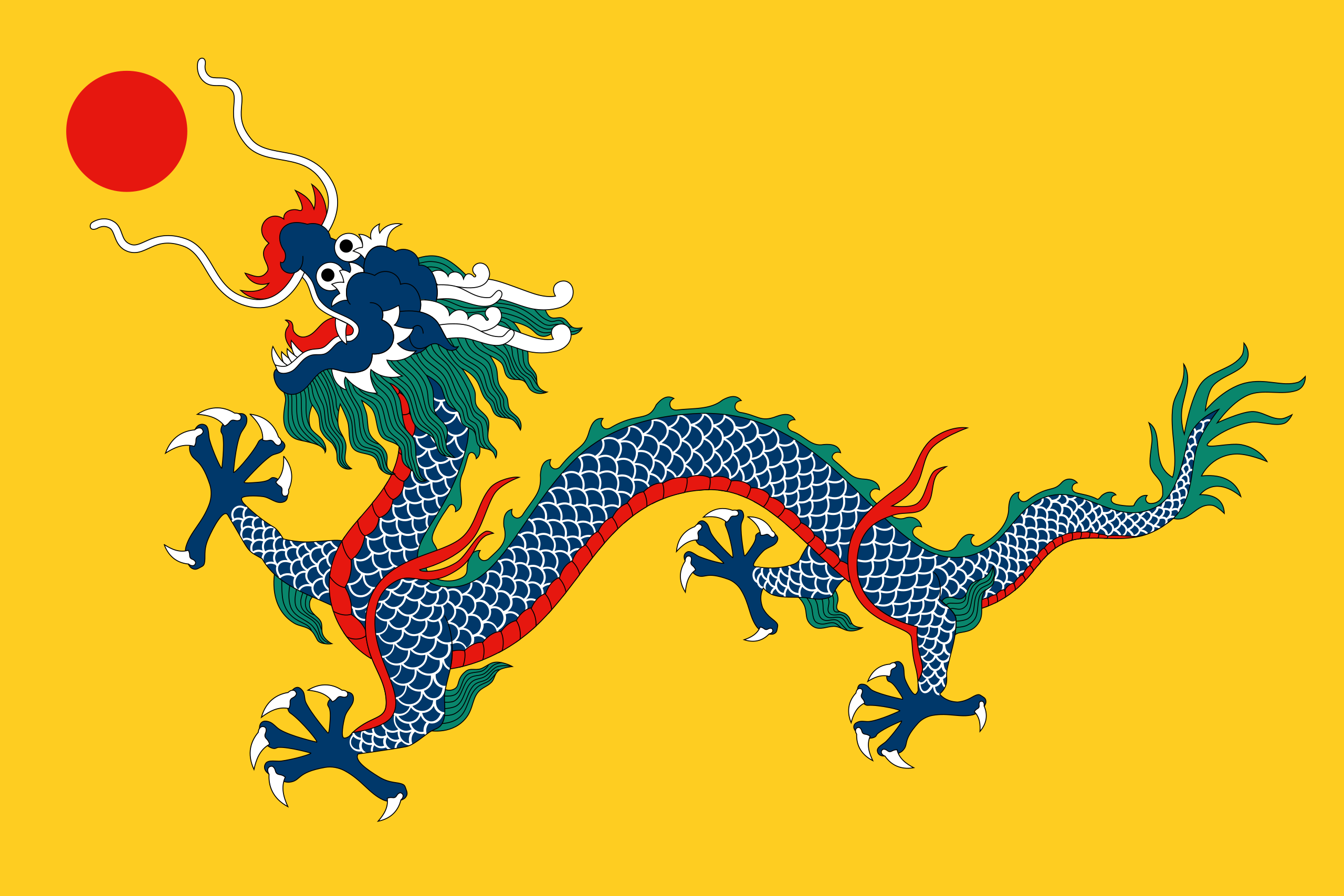(Updated Infobox country template parameter) |
m (Forte moved page Qing dynasty to Qing dynasty (1636–1912): START-END dates for past-existing states) |
(No difference)
| |
Revision as of 05:23, 11 May 2022
| Qing Dynasty 大清 | |
|---|---|
| 1636–1912 | |
|
Flag (1889–1912) | |
| Capital and largest city | Beijing |
| Common languages | Mandarin, Mongolian, Manchu, Tibetan |
| Dominant mode of production | Feudalism |
| Government | Absolute monarchy |
| History | |
• Established | 1636 |
• Dissolution | 1912 |
| Area | |
• Total | 14,700,000 km² |
| Population | |
• 1912 estimate | 432,000,000 |
The Qing Dynasty was the last dynasty in control of China. It was established in 1636 by Hong Taiji, an ethnic Manchu[1], as a successor to the Later Jin dynasty. While initially isolated to Manchuria (Northeastern China), the fall of the Ming Dynasty in 1644 allowed the Qing to eventually rule over all of China. It stayed in power until the Xinhua Revolution of 1912.
The dynasty suffered from the imperialism of Japan and Europe and lost Hong Kong to Britain after the First Opium War.[2] In 1895, the Qing dynasty lost control over Taiwan and Korea when they were taken over by Japan.[3]
References
- ↑ Evelyn S. Rawski (1991). Marriage and Inequality in Chinese Society: 'Ch'ing Imperial Marriage and Problems of Rulership' (p. 177). University of California Press. ISBN 9780520069305
- ↑ China; political, commercial, and social; an official report (1847) (p. 84). London: James Madden.
- ↑ Jinwung Kim (2012). A History of Korea: From "Land of the Morning Calm" to States in Conflict (p. 304). New York City: Indiana University Press. ISBN 9780253000248
